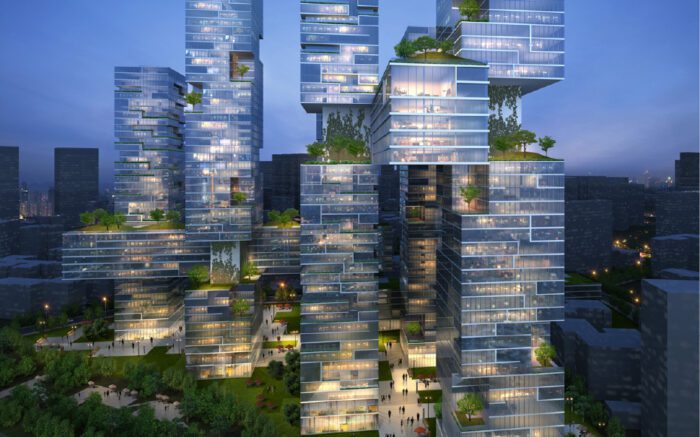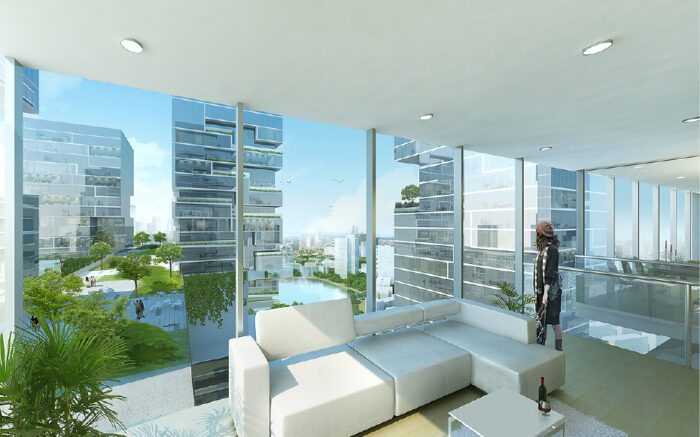Wuhan Mikado project is a new proposal for a mixed-use residential high-rise in Wuhan, China. Julien De Smedt Architects designed it so that the views in all parts of the structure are maximized to take advantage of the city’s various waterfronts. At an initial glance, one can observe the building as a design consisting of multiple towers connected by horizontal bars that serve as public program, resident amenities, and circulation to connect the towers.
The design was conceived after thorough analysis of the existing site and landscape as well as study of the environmental crisis that is happening in China currently. Wuhan is equidistant from Beijing, Shanghai, and Hong Kong making it a popular destination for locals and tourists alike. As mentioned before, the site for the project is located along one of Wuhan’s many waterfronts making it an ideal spot to insert a statement piece visible from all parts of the city. Six towers are erected along a 25 meter x 25 meter grid and house all the residential programs and each is turned to that the corner is perpendicular to the lakefront maximizing the amount of views offered to each room.
Not only that, but it also cuts out all the facades that face directly North therefore shielding it from the sun’s direct light and reducing energy costs. The horizontal bars connecting each tower house various amenities offered to the residents as well as circulation between each of the towers. Rectangular four-level volumes are cut from the six towers in order to create various outdoor garden terraces available to the users while also addressing the environmental crisis in China. The circulation bars contain office space, retail, a club, and other housing types. Tetris-like typologies are manipulated to create a unique organization of the various styles of apartments. Parking is hidden underground and on ground level is a public park.
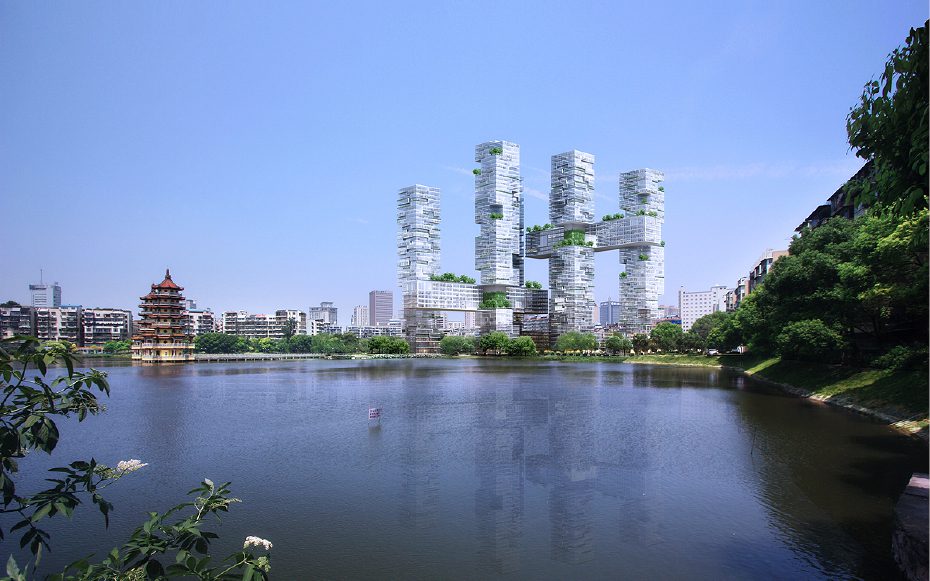
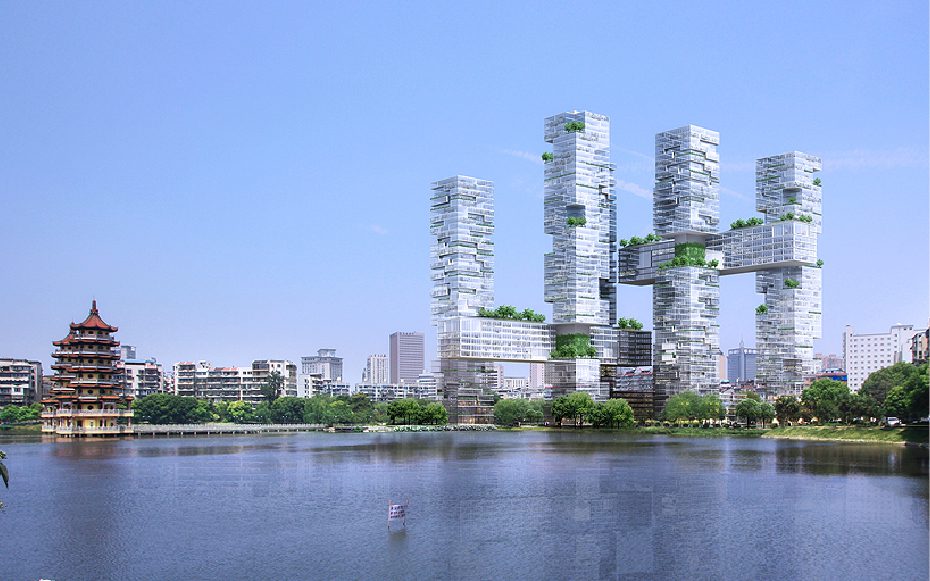
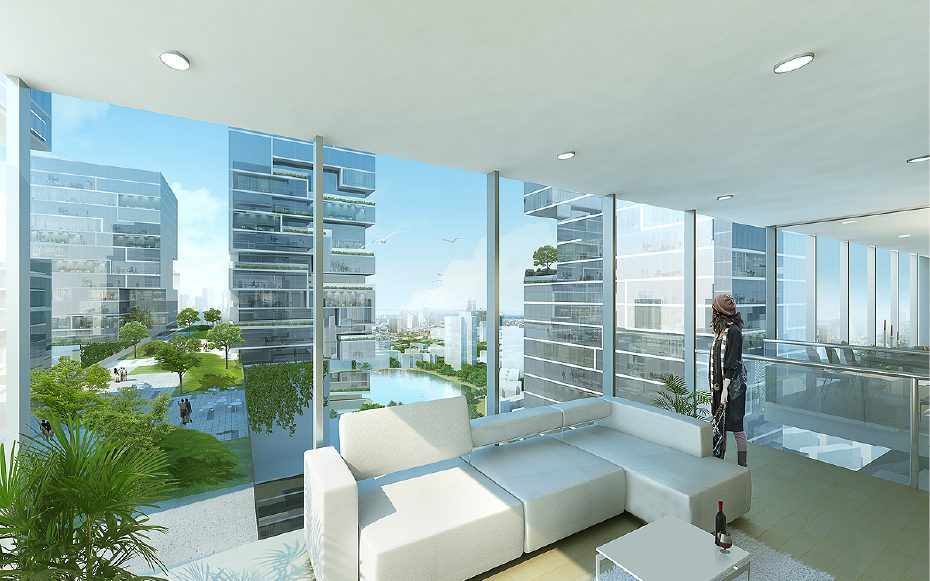
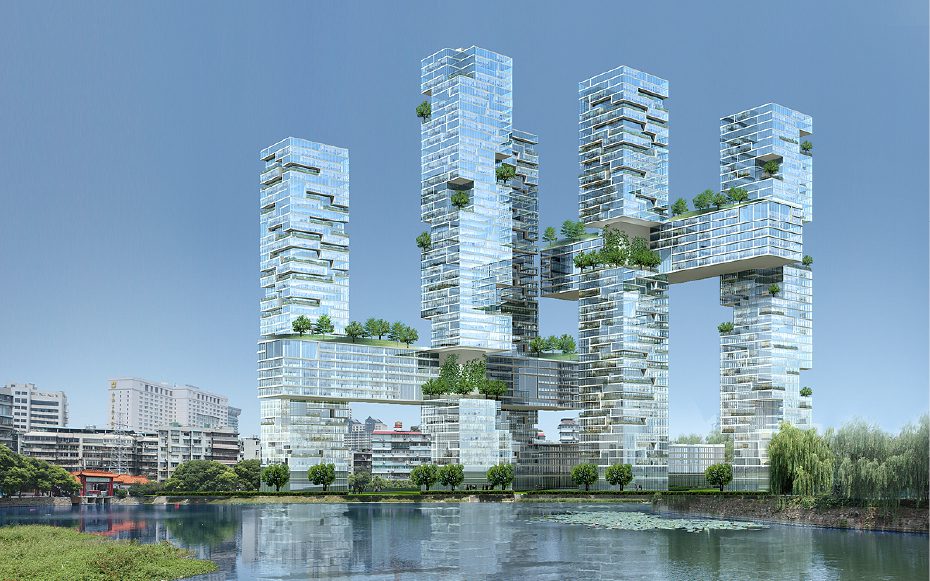
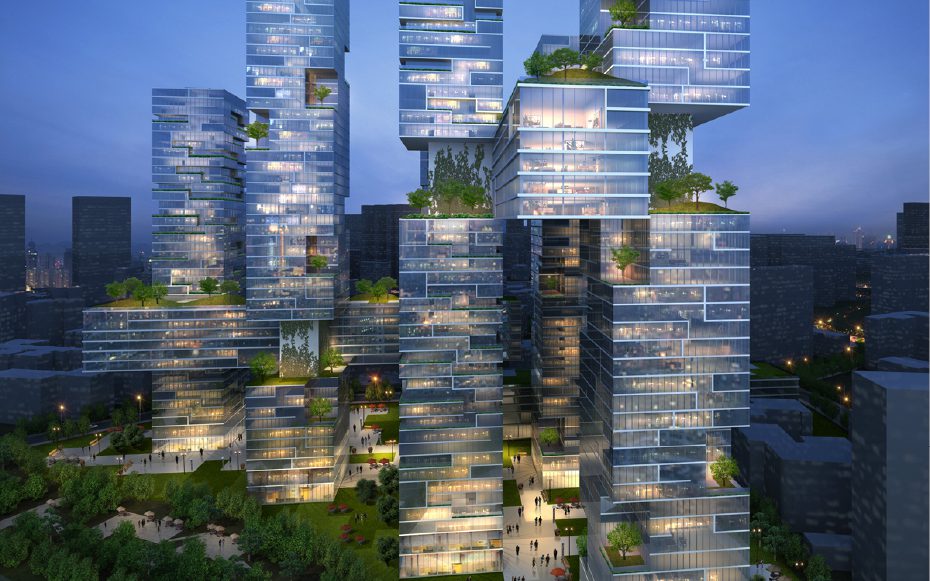
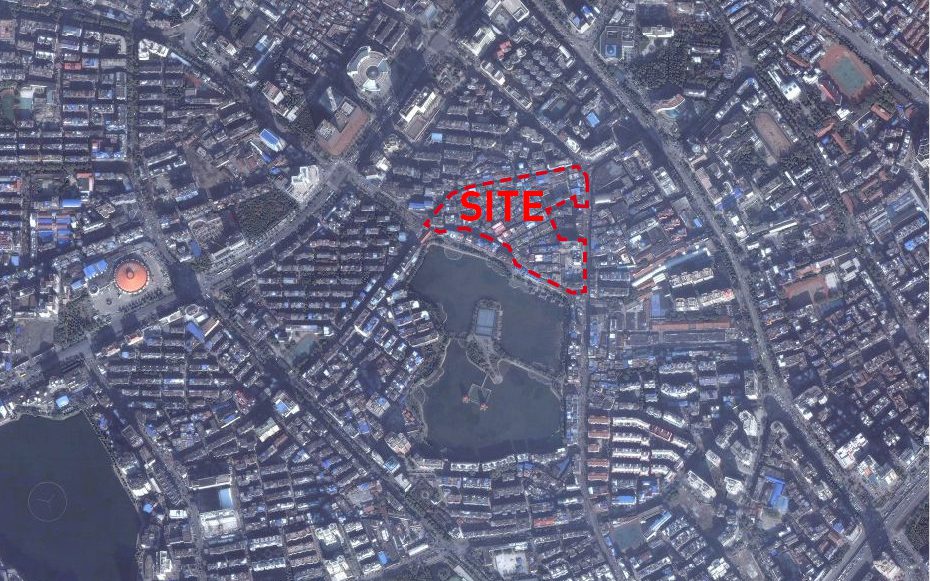
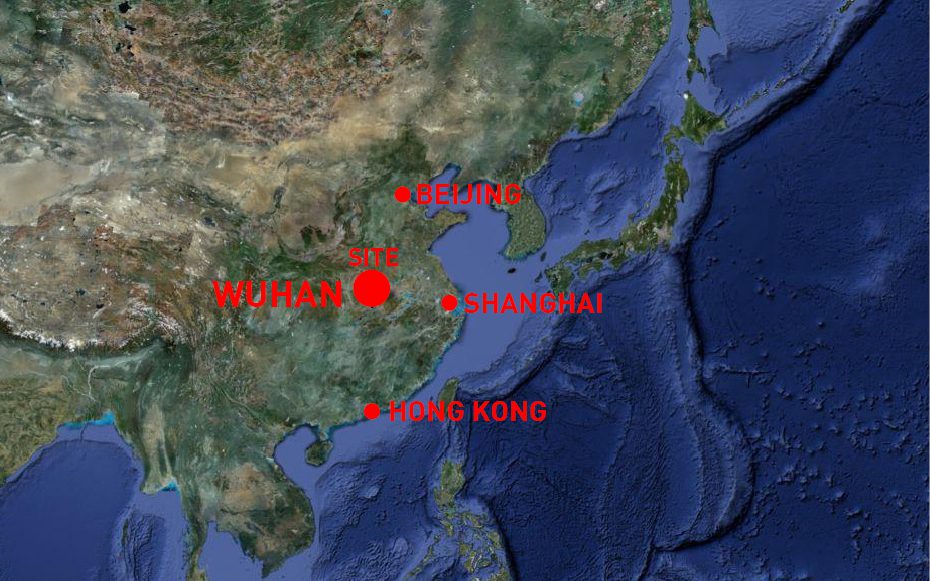
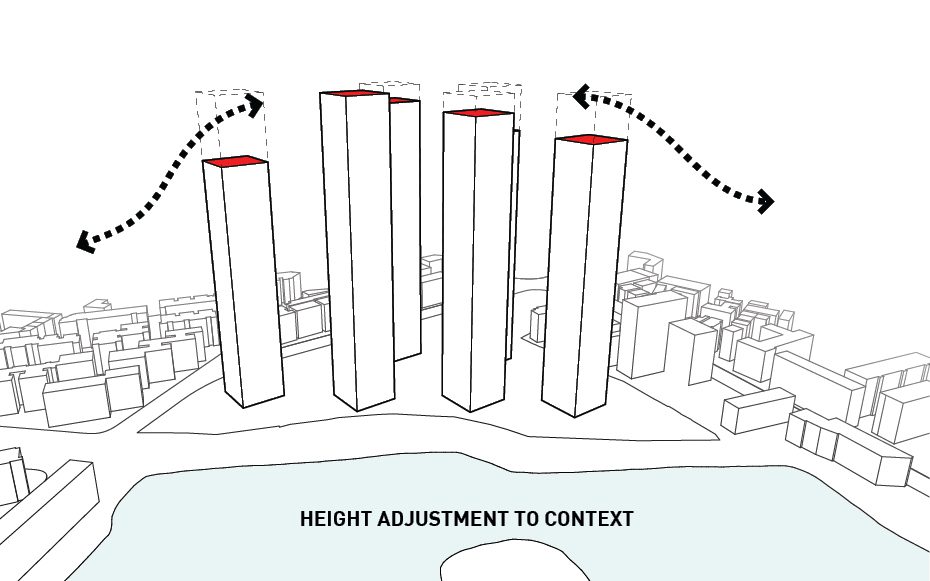
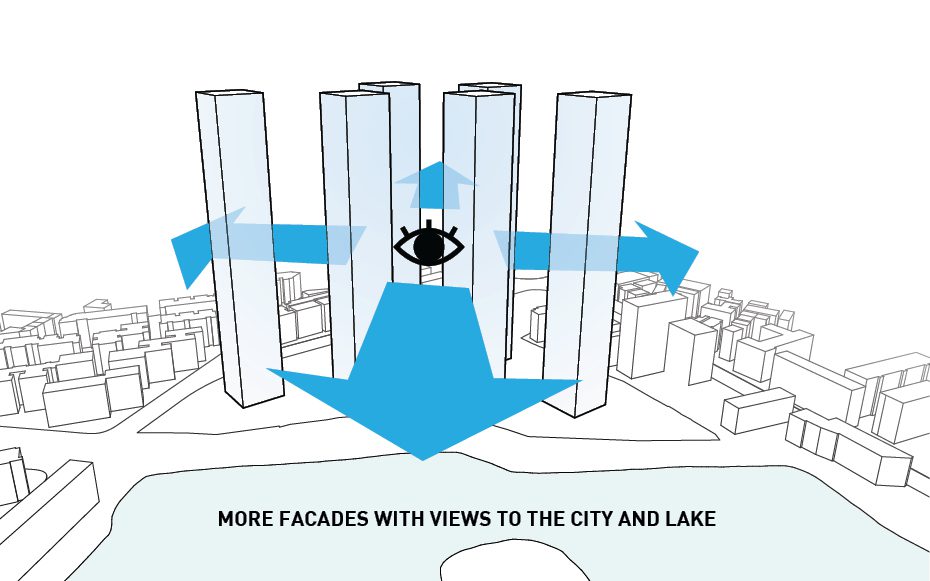
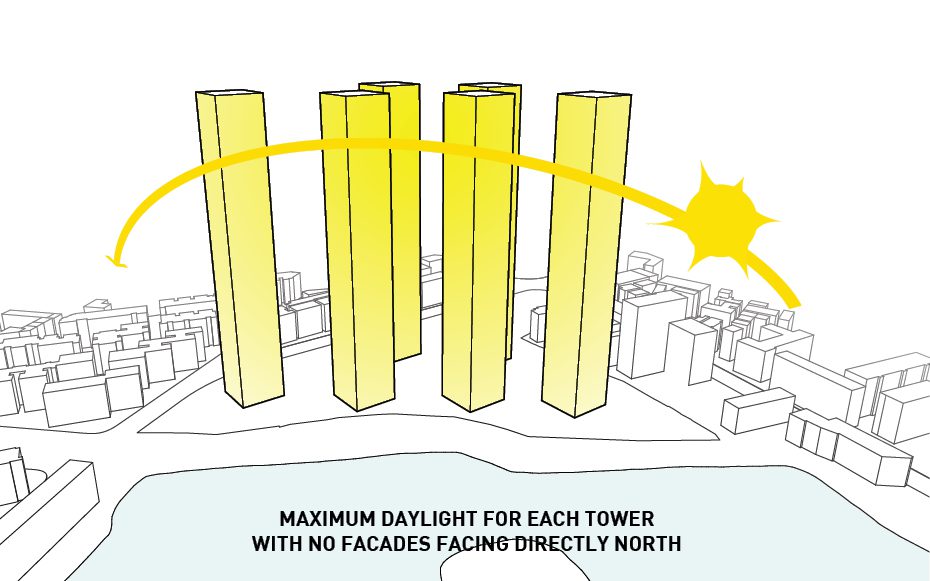
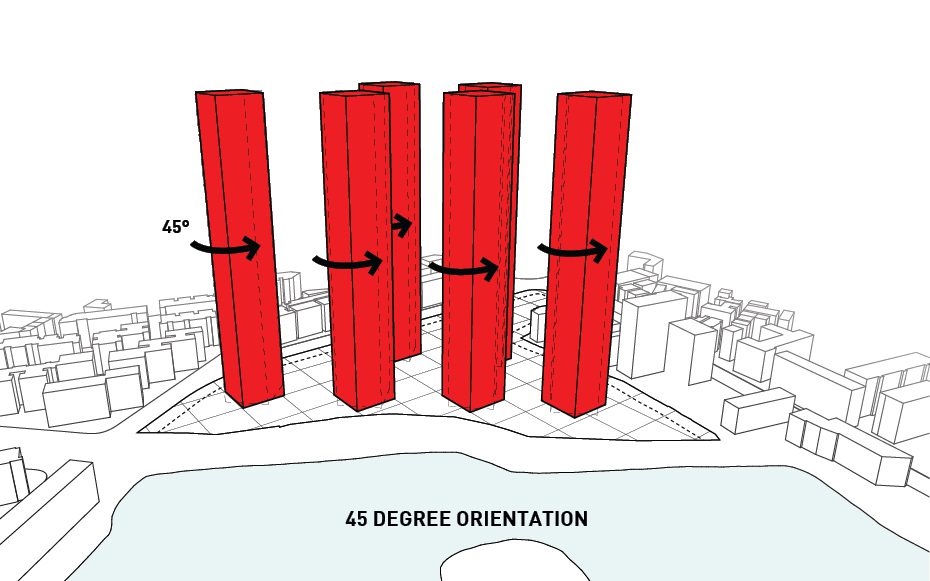
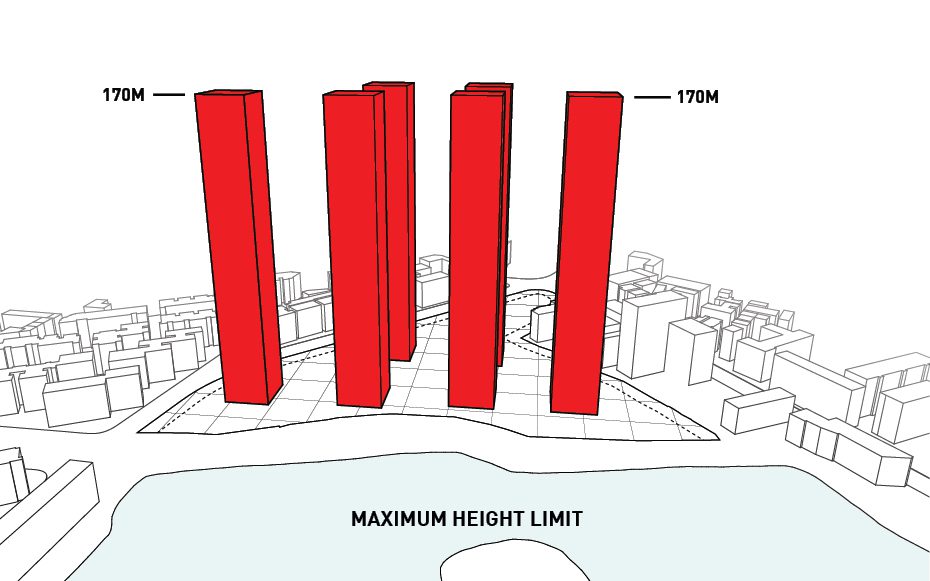
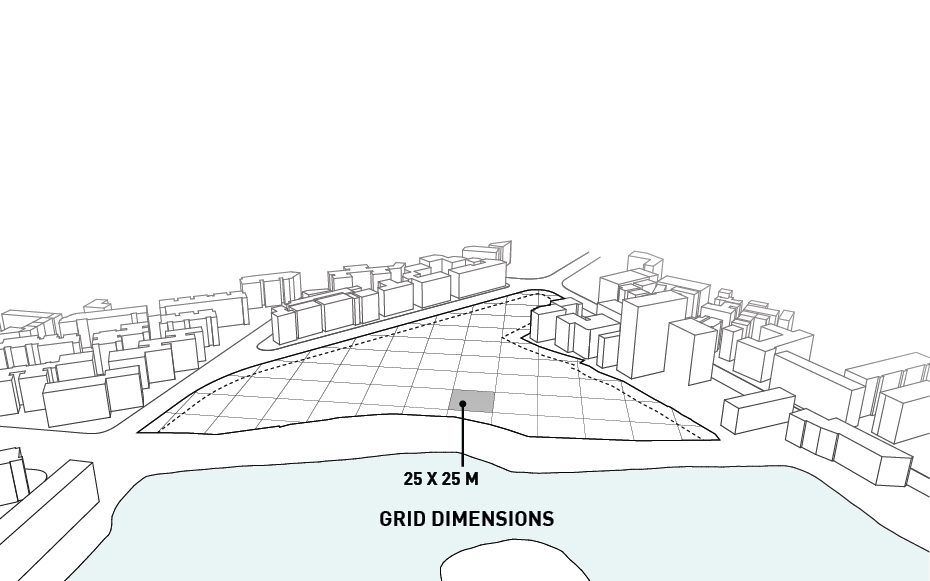
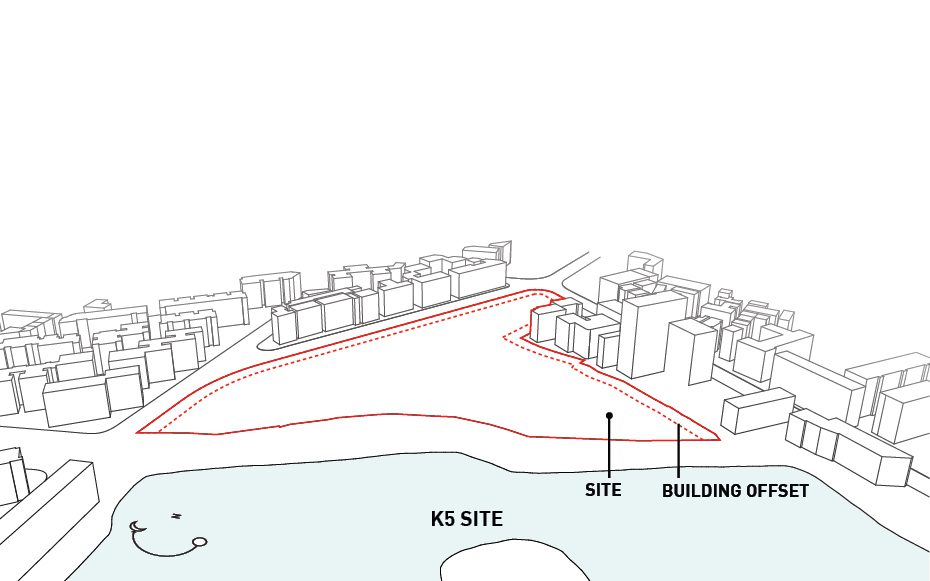
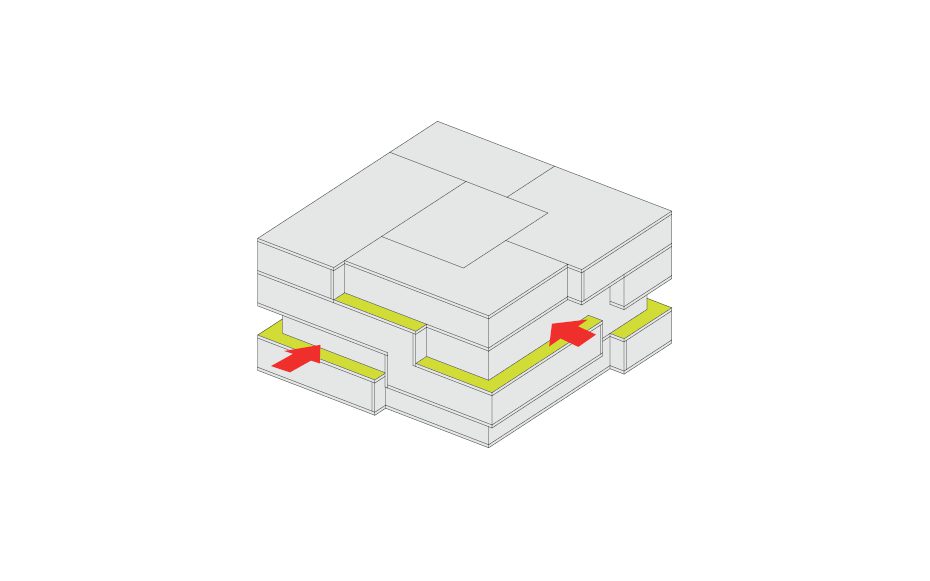
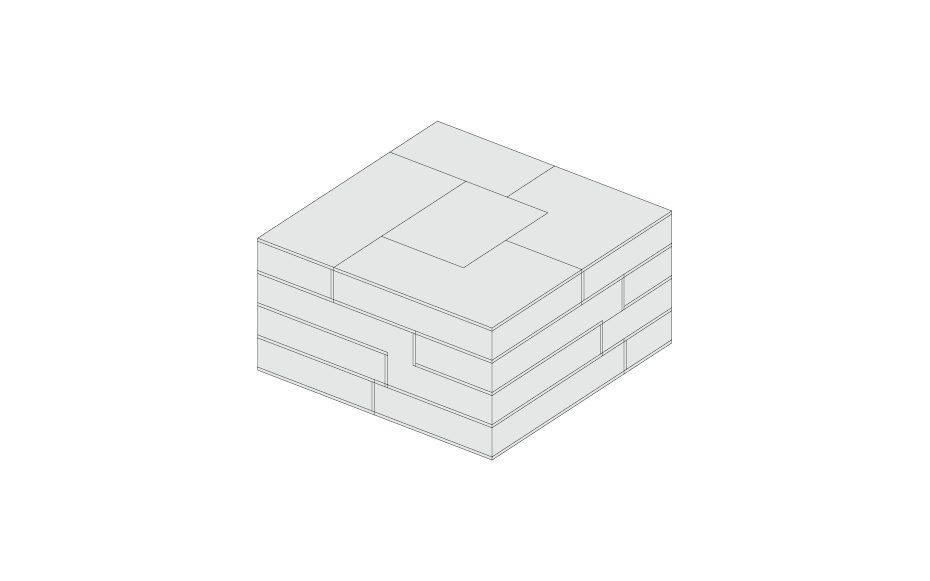
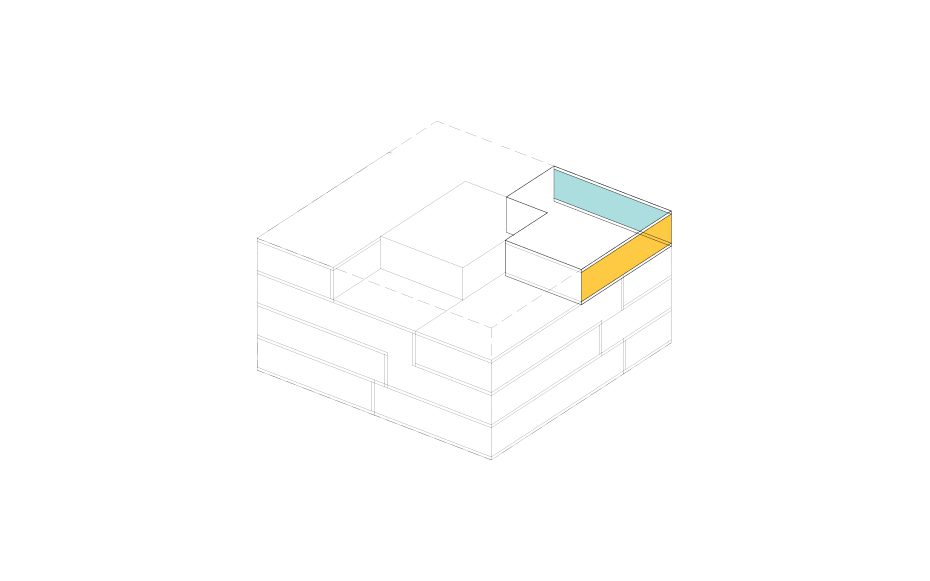

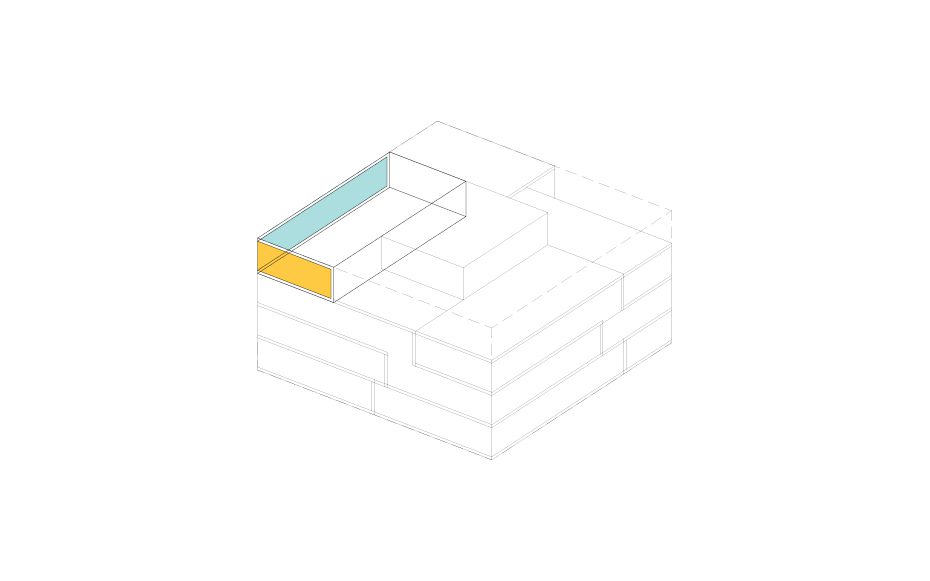
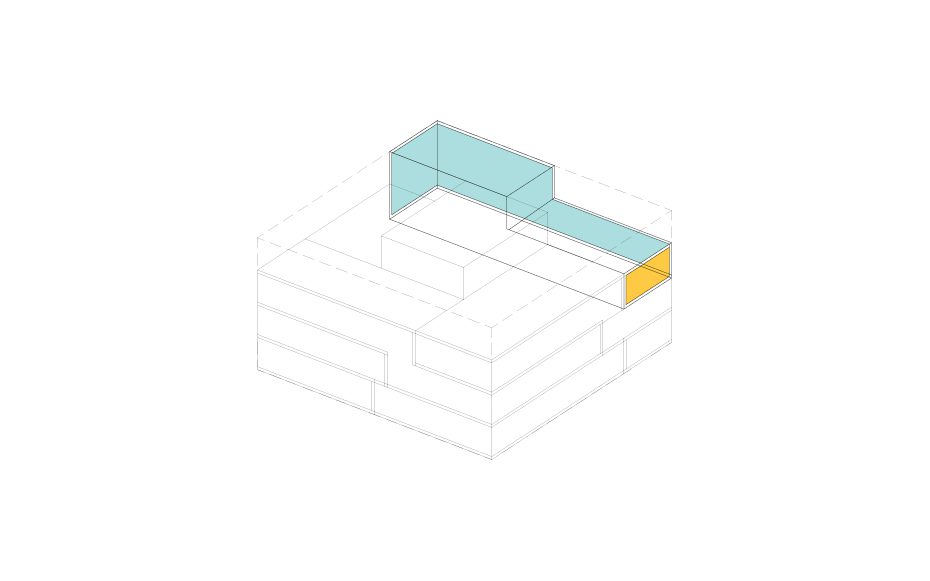
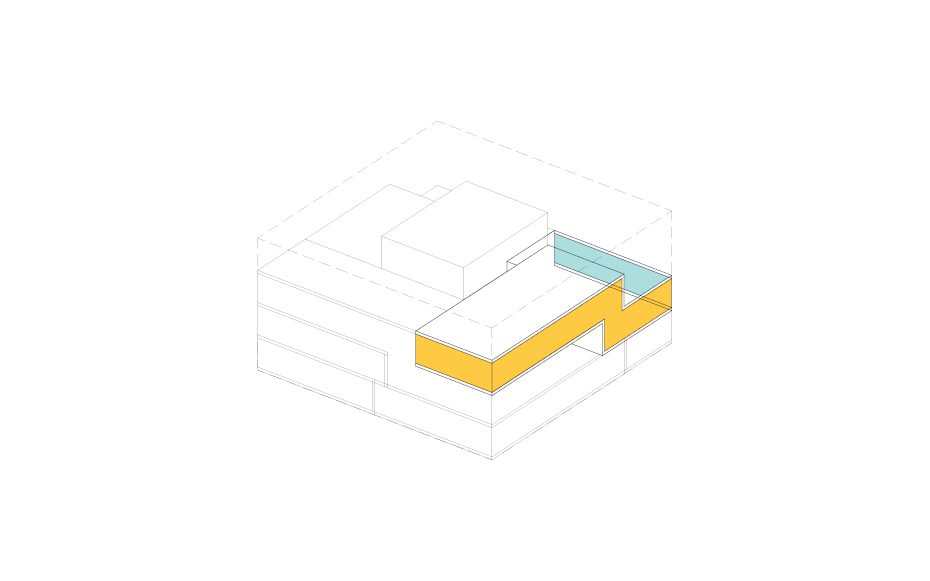

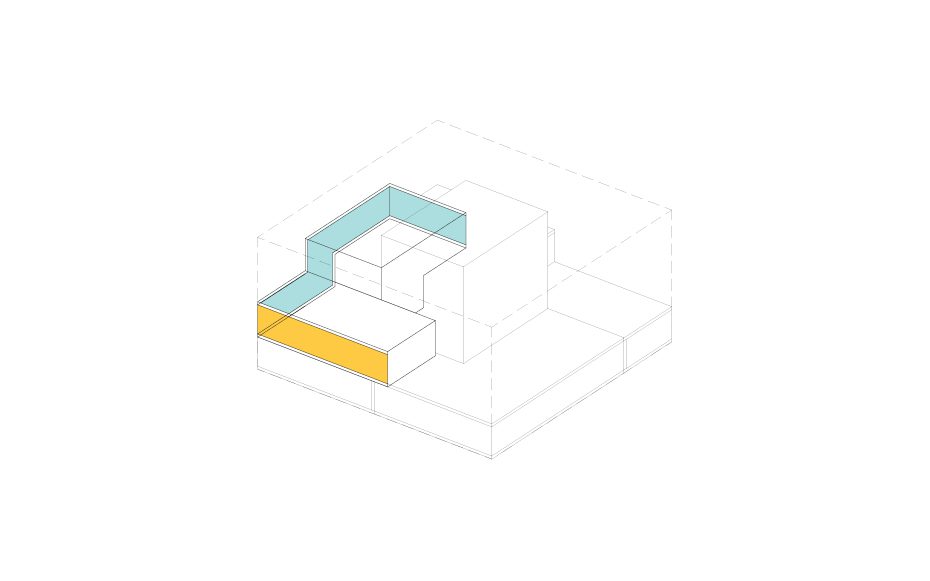
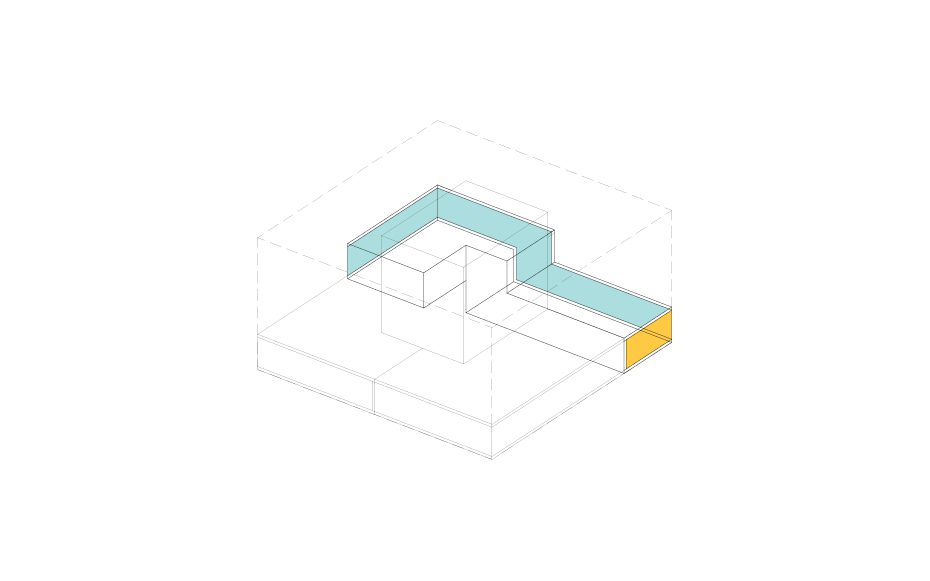

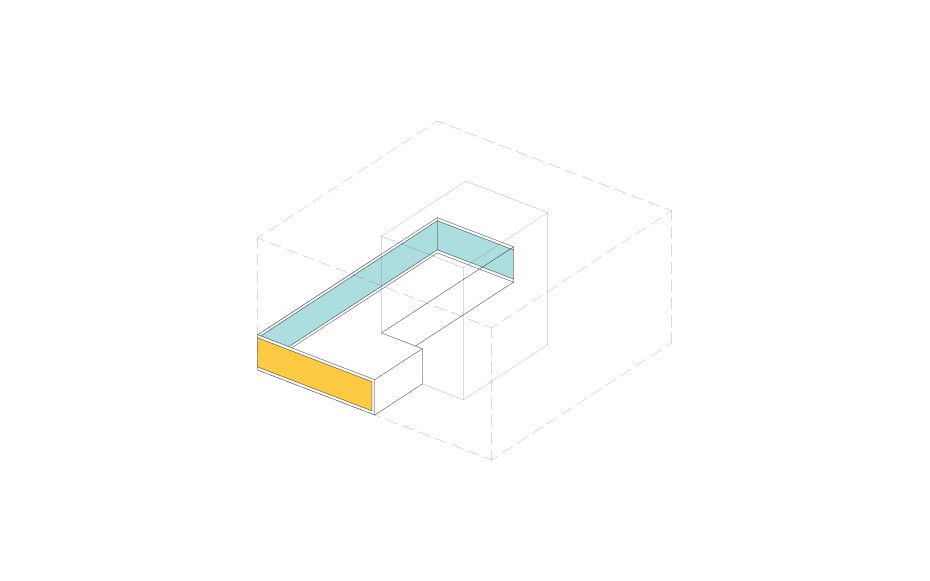
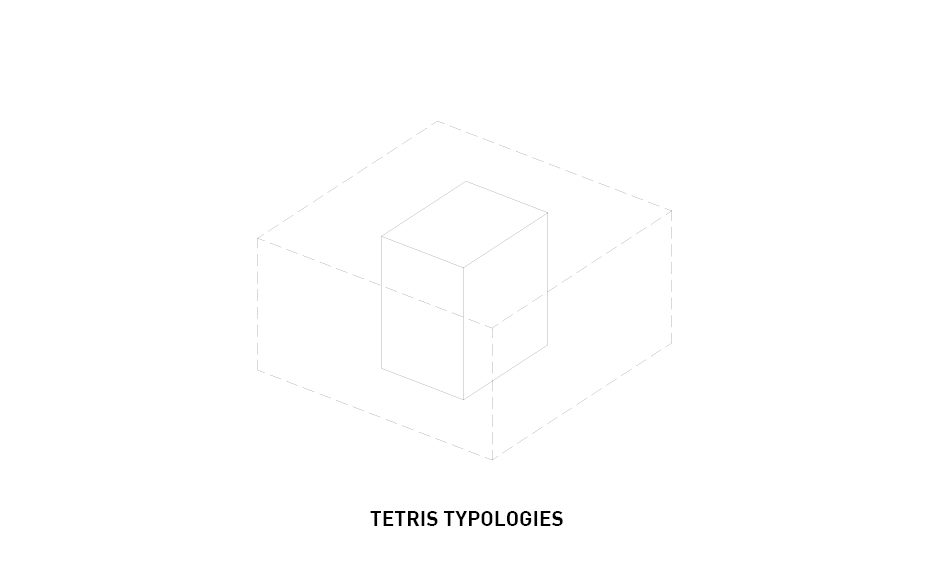
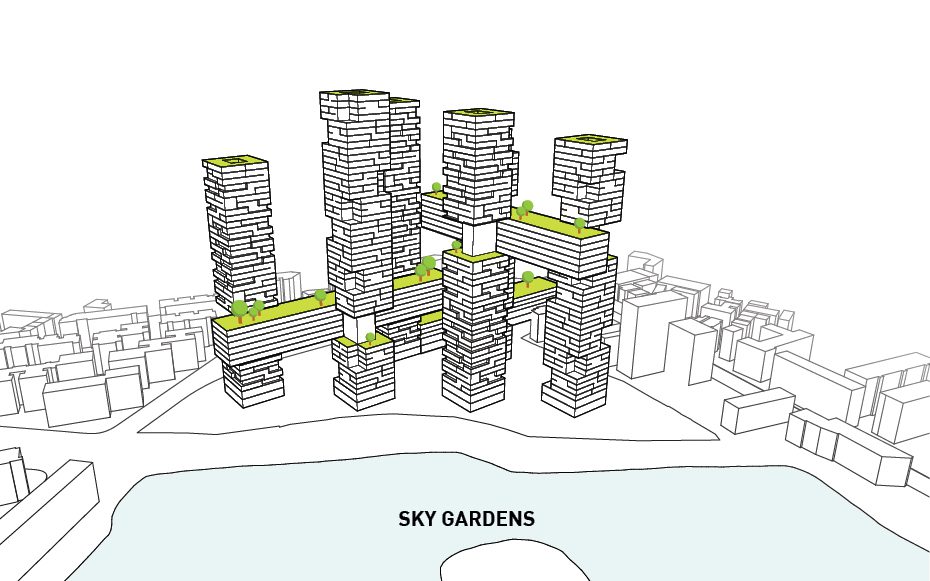
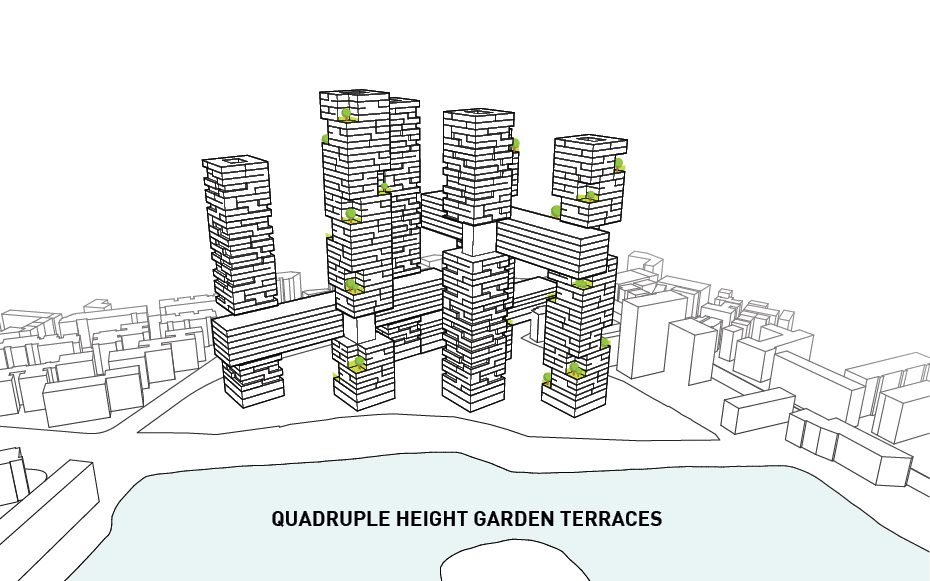
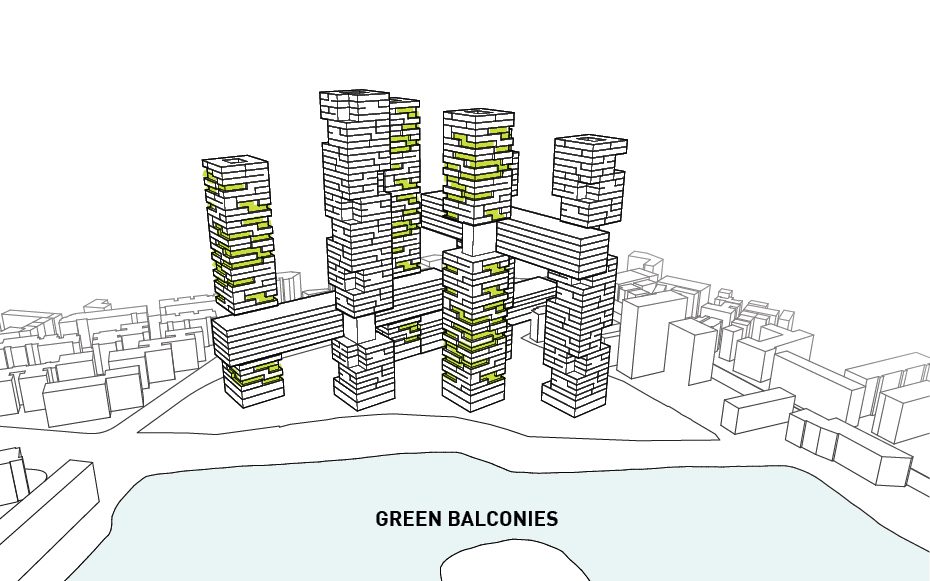
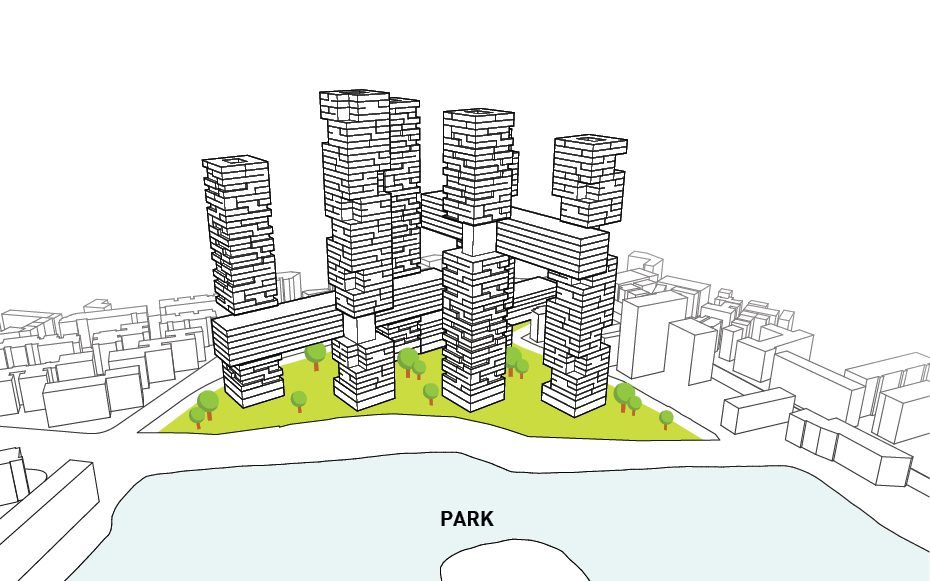
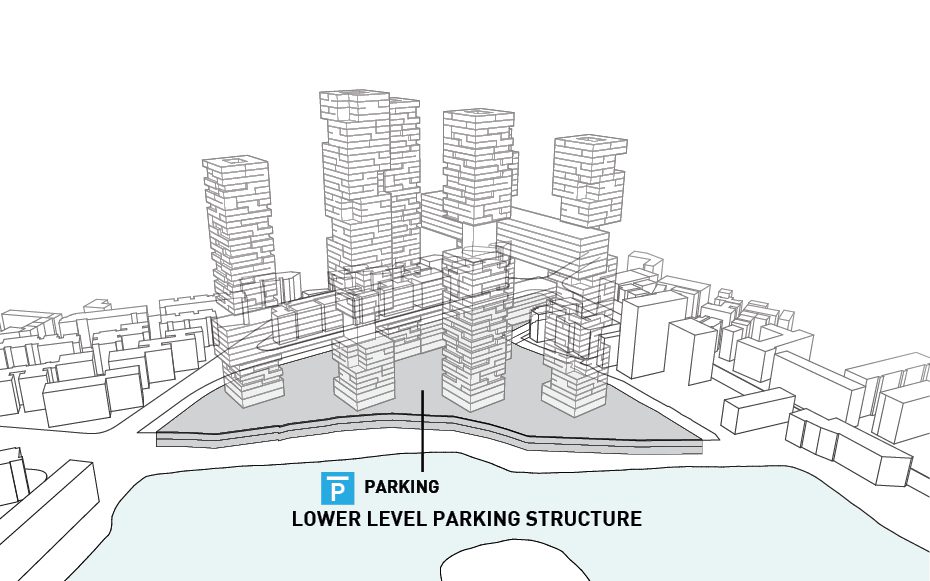
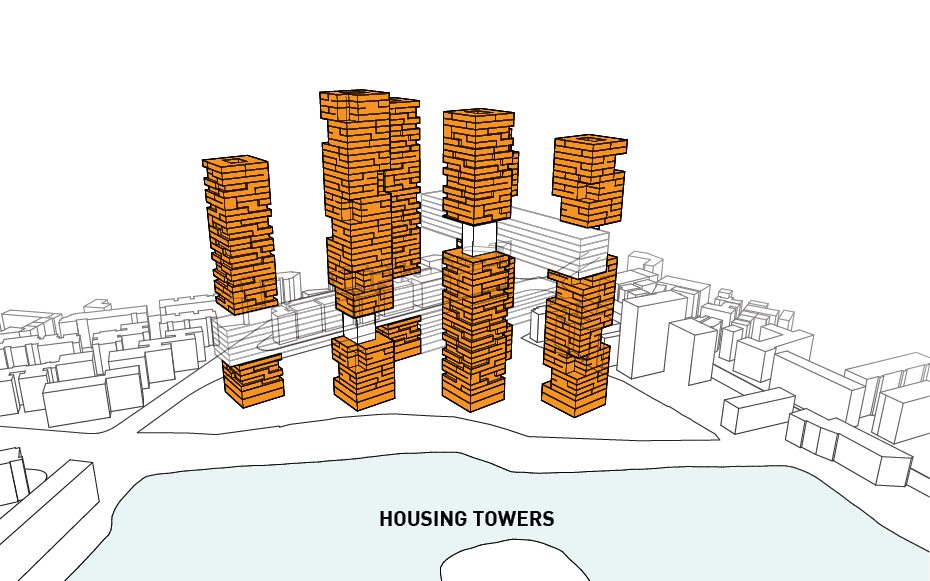
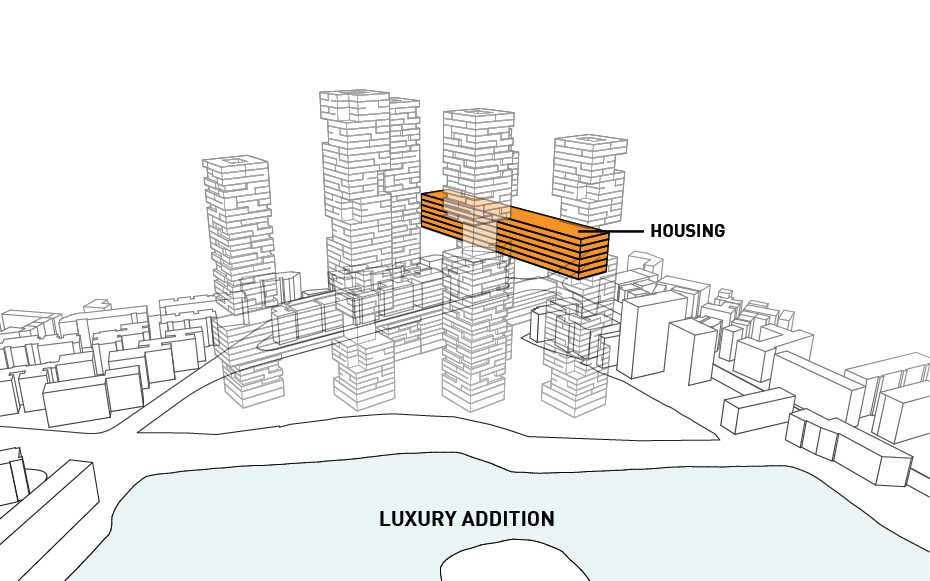
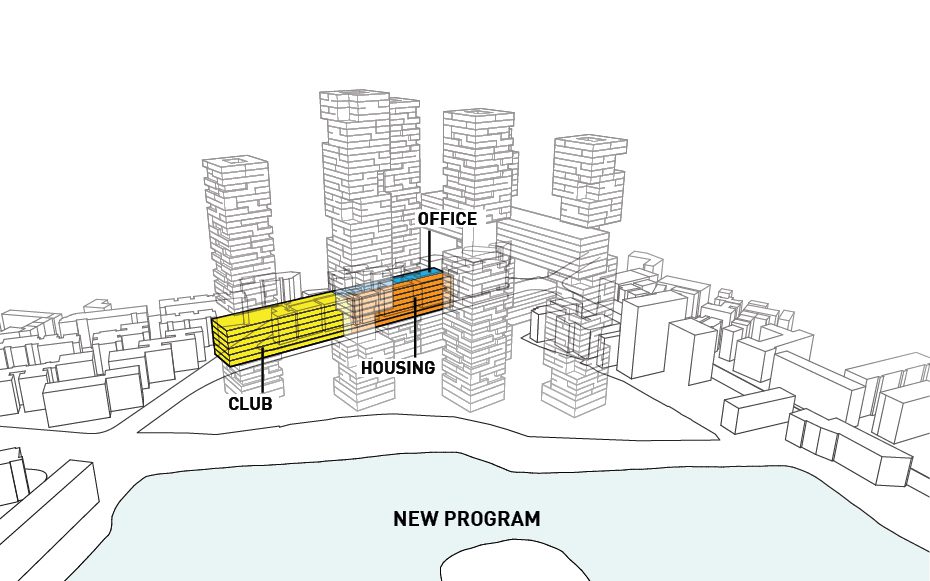
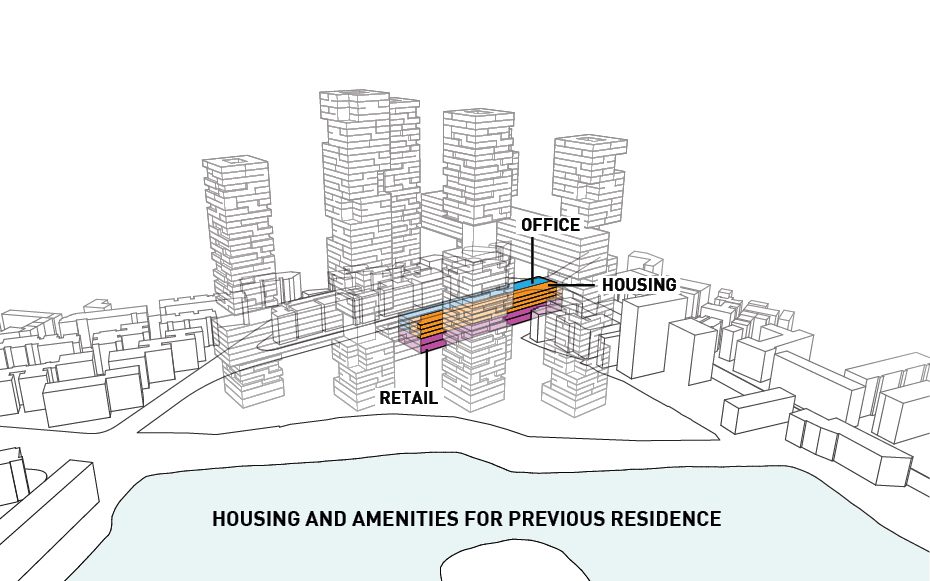
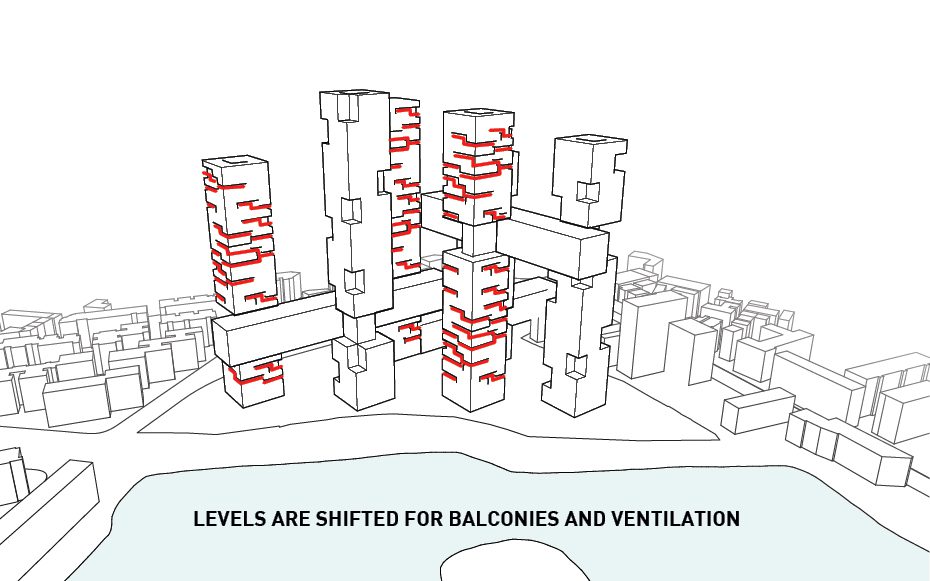
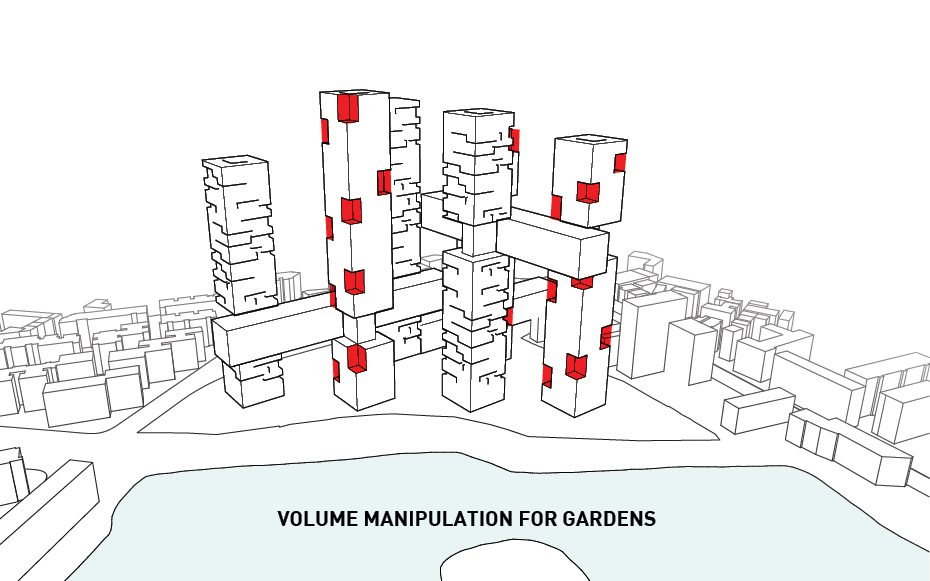
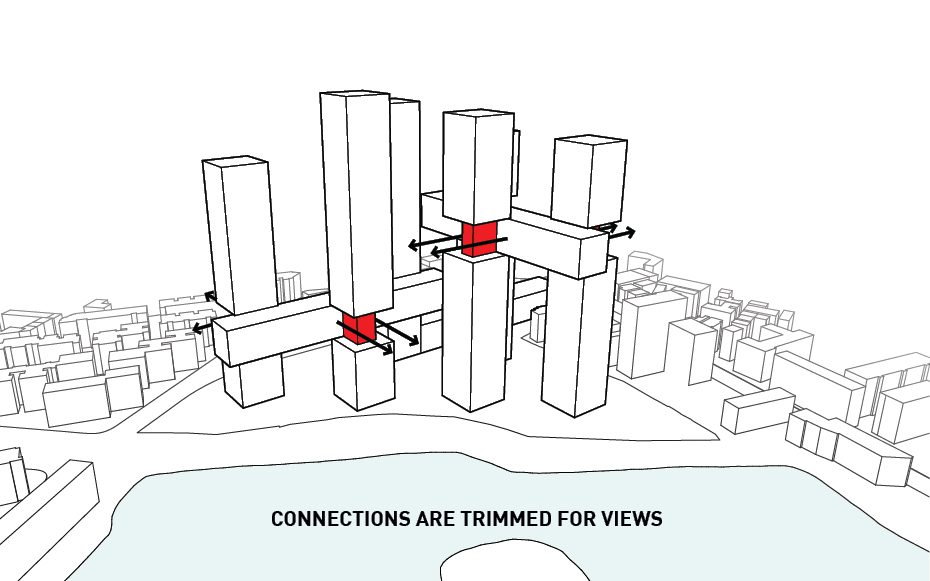
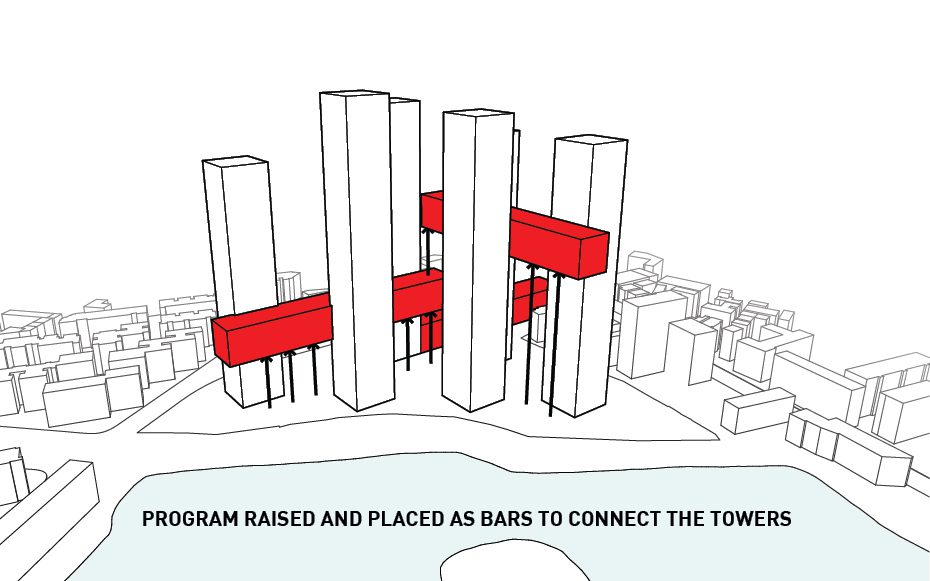
Anastasia Andreieva is an accomplished Architectural Projects Editor at Arch2O, bringing a unique blend of linguistic expertise and design enthusiasm to the team. Born and raised in Ukraine, she holds a Master’s degree in Languages from Taras Shevchenko National University of Kyiv. Her deep passion for architecture and visual storytelling led her to transition from translation and editorial roles into the world of design media. With a keen eye for conceptual clarity and narrative structure, Anastasia curates and presents global architectural projects with precision and flair. She is particularly drawn to parametric and digital design, cultural context, and emerging voices in architecture. When I’m not analyzing the latest architectural trends, you’ll probably find me searching for hidden gems in cityscapes or appreciating the beauty of well-crafted spaces. After all, great design—like great connections—can be found in the most unexpected places. Speaking of connections, because architecture isn’t the only thing that brings people together.


